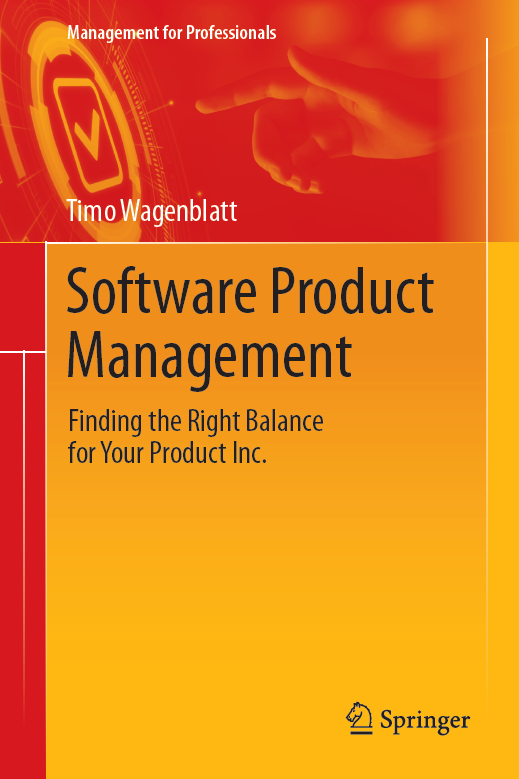Stop Wasting
Your Product Potential
Transform your product culture into a powerhouse of innovation and peak performance with our proven strategies.
Trusted by product leaders at RELEX, CGM, SAP and many other organizations
The Frustration is Real
Product leaders often grapple with misaligned strategies, inefficient team collaboration, and products that fail to gain traction. This leads to wasted resources, missed opportunities, and the disheartening reality of cancelled initiatives and failed products.
Burned Budgets
Product investments yielding no return
Stalled Adoption
Products gathering dust instead of users
Cancelled Products
Great ideas failing to launch, land, or thrive
Leading product in today's dynamic landscape demands more than just managing features & product teams;
it requires a holistic approach to strategy, organizational health, and leadership.
PRODUCT&360 Assessment
Unique, in-depth Product&360 Assessments for your products and organization, providing a clear diagnostic and actionable insights.
- Comprehensive analysis
- Actionable, strategic improvements
- Priority recommendations
- Product & Organization risk assessment
- Best-in-class industry benchmark
Delivered through scheduled virtual sessions, supplemented by ad-hoc support.
Product Leadership Coaching
Personalized & hands-on coaching to help product leaders excel, navigate complex challenges, and foster a thriving product culture.
- Situational 1-on-1 guidance
- Strategic advisory
- Leadership development
- Culture transformation
Delivered through scheduled virtual sessions, supplemented by ad-hoc support.
Holistic PRODUCT& Workshops
Comprehensive & practical Holistic Product Management Workshops designed to equip your teams with the frameworks and skills for innovation and execution.
- Hands-on, interactive sessions
- Practical frameworks for holistic product management
- Real-world, tangible application
Delivered through virtual & hybrid workshops focusing on your contextual & organizational needs.
Together we will find the right approach that meets your needs.
Unlock the true potential
of your
products, teams, and organization.
Trusted by Industry Leaders
We've partnered with diverse organizations, from thriving start-ups to global enterprises, to unlock their full product potential.

Tommi Ylinen
Chief Product Officer
RELEX Solutions
"A great partner to work with in the journey of improving our Product Management.
The
Product&360
assessment
helped us analyze
where we stand and
where we need to improve.
Subsequent
trainings were very
professional & informative."

Ismail Serin
Head of Product
SAP SE
"10x your software product management maturity. Strongly recommended for everyone who wants to bring its game to the next level."

Dr. Christopher Jud
General Manager
CompuGroup Medical SE
"Incorporating PYPR into both my personal and my team's toolkit has improved ourability to adapt across our various product types.
The holistic approach of PYPR has solidified its value in our product management practices."

Rob Hand
CEO, Hand Promotion Management
ex-SAP | ex- Oracle
"A completely new way to run software products. As a former product manager, I would have saved a great deal of money & time in creating the right software product."
How It Works
Three steps towards product thinking excellence!
1. Book a FREE Discovery Call
We’ll dive into your biggest challenges and identify key objectives we want to accomplish, either based on your self-assessment or we start from scratch.
2. Design the Approach
Together we craft a proven strategy that fits to your context. With your tailored approach in hand, we’ll get to work and get you results.
3. Implement & Create Impact
Watch our partnership shape your organization and products that leave a lasting impact on the market and elevate your career to new heights.
Get our bestselling books!































